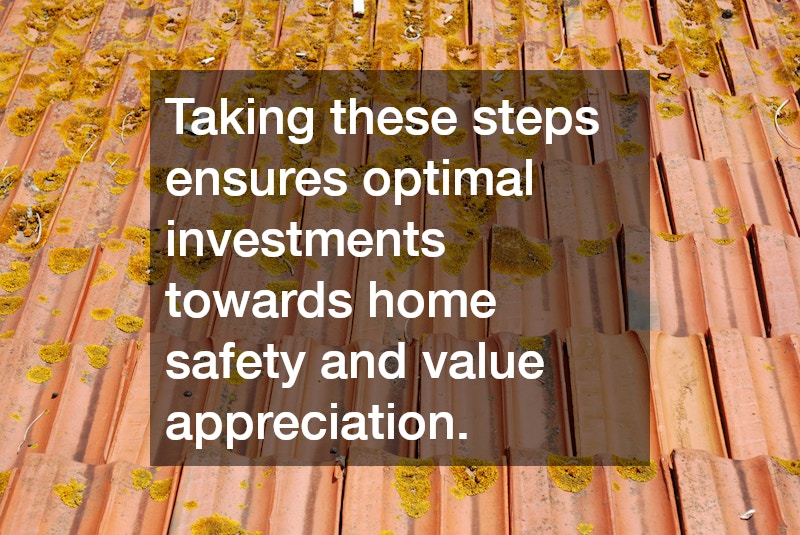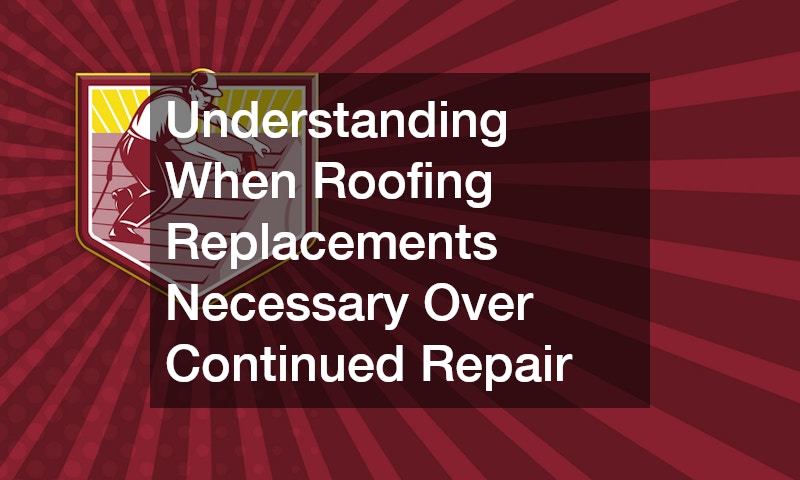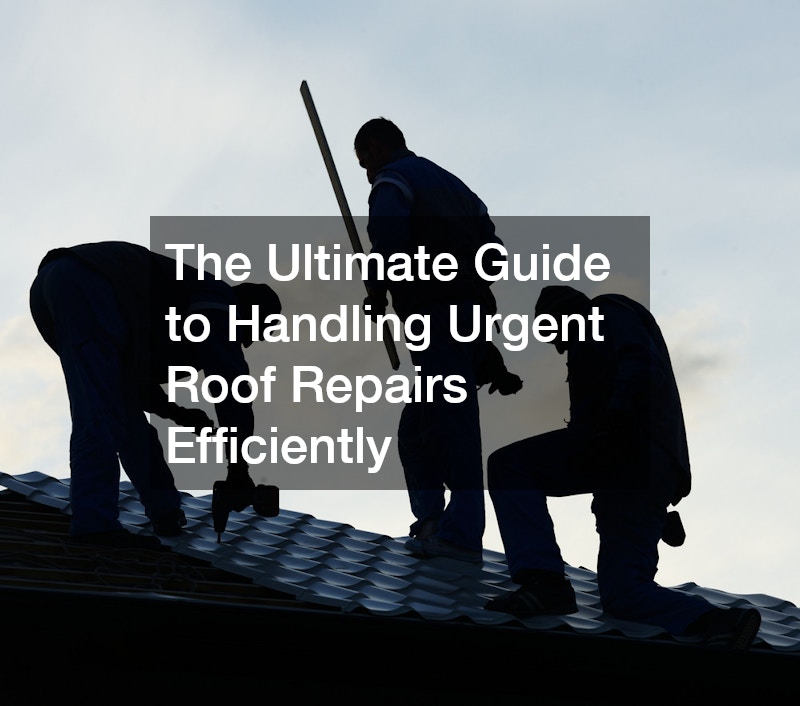Proper roof maintenance is crucial for ensuring the safety and longevity of a home. However, homeowners often grapple with the decision of whether to repair a damaged roof or replace it entirely. Understanding the key factors that contribute to roofing replacements decisions can save both time and money.
When is Roof Replacement Necessary?
Evaluating Roof Age and Material Lifespan
The age of your roof is a significant factor in choosing between repair or replacement. Common roofing materials, such as asphalt shingles, typically last about 20-30 years.
If your roof is approaching or has exceeded its expected lifespan, replacement might be more cost-effective than continued repairs.
As roofs age, their structural integrity can diminish, leading to more frequent issues. Aging roofs can suffer from leaks, sagging, or even partial collapse under extreme conditions. Homeowners should weigh these risks against the benefits of a complete replacement.
Material lifespan also varies significantly across types, with materials like metal or tile lasting much longer than asphalt. Understanding the lifespan of the specific material used will help in making an informed decision. Replacement may offer peace of mind and long-term savings in maintenance costs.
Extent of Damage and Repair Frequency
The extent of damage to a roof plays a crucial role in determining the necessity of a full replacement. Minor damage, such as isolated leaks or broken shingles, may be appropriately addressed with repairs. However, extensive damage, like widespread water intrusion or structural deformities, often calls for replacement.
Frequent repairs not only become costly but may also signal deeper issues that compromise the roof’s integrity. If repairs are needed regularly, it may indicate underlying problems that only a full replacement can resolve. Continually addressing these symptoms without fixing the root cause can lead to a cycle of endless expenses.
A comprehensive assessment of the damage will help determine the most efficient course of action. Engaging a professional for a detailed inspection can provide insights into the true extent of the damage. This step ensures that homeowners don’t inadvertently invest in short-term solutions for long-term problems.
Roof Inspection and Professional Assessments
Having routine professional roof inspections can pinpoint whether repairs or replacement is the appropriate action. A certified inspector can evaluate the structural health and integrity of a roof beyond visible surface damage. These assessments are invaluable in distinguishing between superficial problems and serious structural deficiencies.
Professional evaluations often include checking for signs of water damage, insulation condition, and underlying issues. During these inspections, experts may uncover hidden damage, such as rotting framework or mold, which are not easily detected by homeowners. Regular inspections can prevent minor issues from escalating into major, costly repairs.
What are the Cost Considerations?
Initial Costs Vs. Long-term Savings
Replacing a roof involves a substantial initial investment, often perceived as a financial burden. Contrarily, the long-term savings from energy-efficient materials and reduction in maintenance needs can offset these upfront costs. Weighing the immediate financial outlay against potential savings is key.
For example, modern roofing materials offer better insulation, leading to lower utility bills. This reduction in energy costs contributes to recuperating expenses over time. Additionally, a new roof reduces the frequency and cost of periodic repair interventions.
Insurance Coverage and Financial Options
Homeowner’s insurance can play a pivotal role in financing roof replacements. Coverage typically extends to damage from unforeseen disasters, potentially easing the financial burden of replacement. Understanding the specifics of your policy is crucial.
In addition to insurance, various financial aid options such as loans and flexible financing plans are available for homeowners. These options provide necessary funds while spreading out payments, making the expense more manageable. Homeowners should explore all possibilities to find the best fit for their financial situation.
Resale Value and Energy Efficiency
A new roof significantly enhances a home’s resale value, attracting potential buyers with promises of safety and longevity. Improved energy efficiency is another attractive feature, making homes more appealing in the real estate market. Today’s buyers are increasingly seeking homes with energy-conscious features and modern roofing solutions.
Replacing an old roof with energy-efficient materials can provide long-term savings by lowering utility expenses. Energy-efficient roofs often reflect more sunlight and absorb less heat, reducing energy costs significantly. This aspect not only appeals to eco-conscious buyers but also guarantees lower energy expenses for future inhabitants.
Deciding between roofing repair and replacement hinges on various factors including roof age, extent of damage, cost implications, and long-term benefits. Homeowners are advised to conduct thorough evaluations and seek professional assessments to make informed decisions. Taking these steps ensures optimal investments towards home safety and value appreciation.
.




